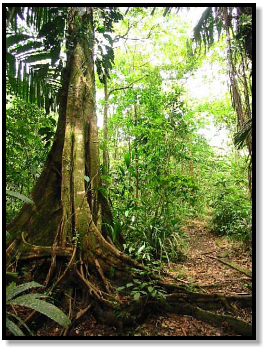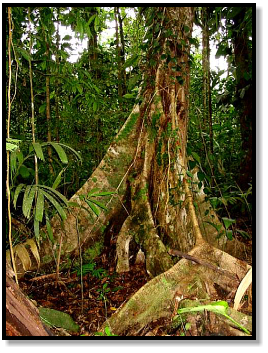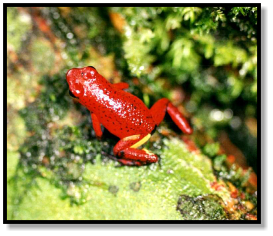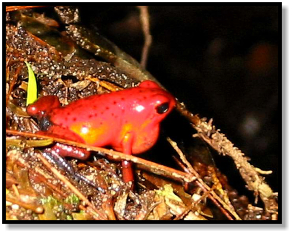

COSTA RICA
April 2002

1 of 7


COSTA RICA
April 2002


1 of 7
My brother Ron and I spend our first few days at the Caño Palma biological field station on the northern
Caribbean coast. There are no roads in that part of the country, so we fly instead, on a plane so small that we must be
weighed to make sure it can take off. We arrive at a landing strip in Tortuguero, a little settlement on a narrow spit of
land, squeezed between the ocean and an inlet.
A natural canal forms the main thoroughfare for the area, so we set out by boat to reach our destination.
The region is pretty flat except for some ancient volcanic remains, called the Cerro (“hill” in Spanish), which
dominates the view. The field station is located on a small tributary that borders the base of the Cerro, about a 20-
minute boat ride from Tortuguero.
Caño Palma consists of approximately 100 acres of Atlantic lowland rainforest situated within the boundaries of
Barra del Colorado Wildlife Refuge. The field station is bordered on three sides by rivers, and by secondary rainforest
on the remaining side. They’ve cleared out a one-acre compound for an office, cabins, and a dining hall, and
developed three loop trails into the forest, the longest of which takes about 2-3 hours of hiking.
We throw our gear into a cabin and set off to look for herps. We get about 10 feet from the building and are
stopped dead in our tracks by our first sighting, just sitting there on the lawn: a large male Emerald Basilisk in all his
frilly, crested, blue-spotted glory.
Eventually he tires of us paparazzi and shoots up the closest tree. We turn around, and there in a bush behind
us is another green guy, this time a young Iguana.
We wander the compound, find another Basilisk in a tree, then decide to head off into the forest.
I discover that the rainforest is a noisy place, filled with vaguely familiar, yet often unrecognizable sounds.
Some are dramatic, like the loud “SNAP!” of the little manikin birds, caused by the sudden movement of clapping
their wings above their heads. Other sounds are more subtle, like the constant clicks and chirps that chatter in the
background.
I think the low-level white noise is coming from insects, but soon I realize that we’re surrounded by tiny,
territorial frogs who are standing their ground. They turn out to be ubiquitous Strawberry Dart Frogs. Along the coast
they’re nearly all red, but in other areas where they have denim-colored legs, they’re known as Blue Jeans Dart Frogs.
Strawberry (or Blue Jeans) Dart Frog
Dendrobates pumilio


5:00 A.M. at Sansa, the domestic airline of Costa Rica
Juan Santamaria International Airport, San Jose


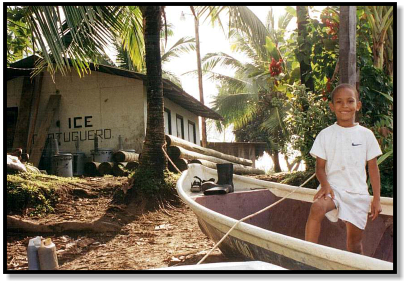

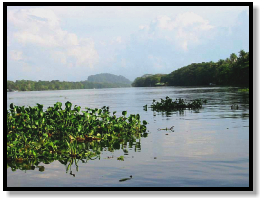

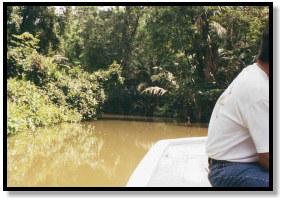
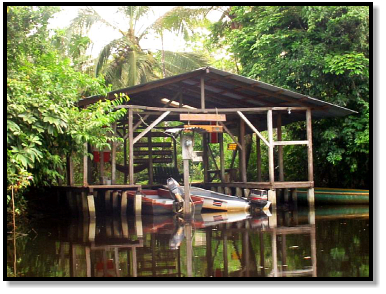
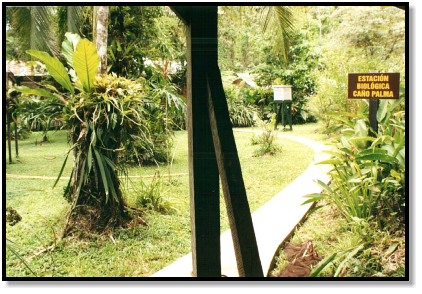
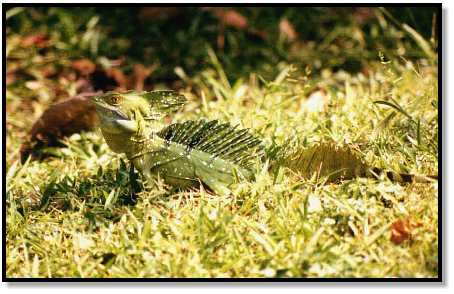
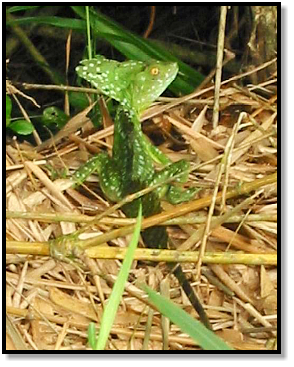
Emerald Basilisk
Basilliscus plumifrons
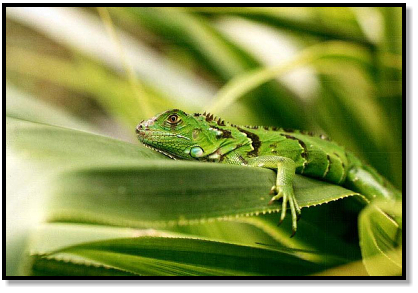
Green Iguana
Iguana iguana
